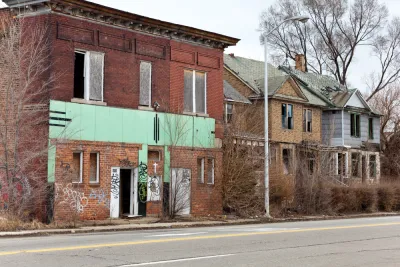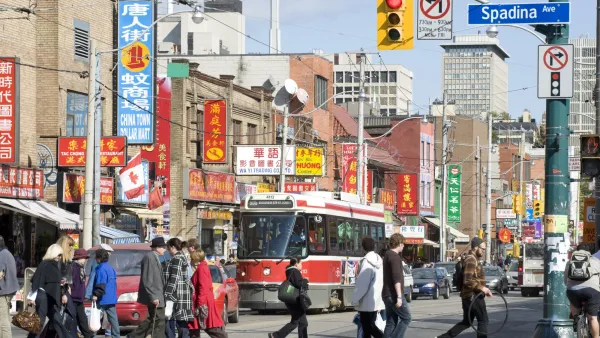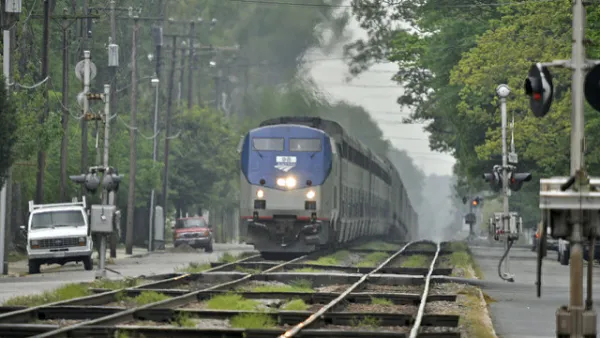Simply put, this scholar says, it comes down to race. With far fewer non-white urban residents, Canadian cities didn't fall prey to the redlining, white flight, and incarceration problems that so heavily impacted cities like Detroit.

According to Jason Hackworth, a professor of urban geography at the University of Toronto, there's one big difference why cities like Detroit suffered while Canadian cities like Toronto did not, despite their similar economies.
John Gallagher writes, "The more [Hackworth] looked, the more one big difference between Canada and the United States emerged: It came down to race. Put simply, U.S. cities tend to have large black and other non-white populations and Canadian cities do not." In U.S. cities, an influx of non-whites led to a white backlash, encompassing flight to the suburbs, redlining, biased criminal justice practices, and the like. Compounded with economic decline, those factors landed cities like Detroit in deep trouble.
Historical Canadian policy, on the other hand, "made sure black and other non-white populations remained small. Restrictive covenants in real estate sales, and an immigration policy that specifically gave preference to white people, kept the black population small."
Gallagher concludes, "Simply put, in Canada, white people never felt as threatened by a rising non-white population because there just weren't that many non-whites coming into cities like Windsor or Toronto. Hence, no Detroits in Canada."
FULL STORY: Why Canadian cities didn't suffer as Detroit did

National Parks Layoffs Will Cause Communities to Lose Billions
Thousands of essential park workers were laid off this week, just before the busy spring break season.

Retro-silient?: America’s First “Eco-burb,” The Woodlands Turns 50
A master-planned community north of Houston offers lessons on green infrastructure and resilient design, but falls short of its founder’s lofty affordability and walkability goals.

Delivering for America Plan Will Downgrade Mail Service in at Least 49.5 Percent of Zip Codes
Republican and Democrat lawmakers criticize the plan for its disproportionate negative impact on rural communities.

Test News Post 1
This is a summary

Test News Headline 46
Test for the image on the front page.

Balancing Bombs and Butterflies: How the National Guard Protects a Rare Species
The National Guard at Fort Indiantown Gap uses GIS technology and land management strategies to balance military training with conservation efforts, ensuring the survival of the rare eastern regal fritillary butterfly.
Urban Design for Planners 1: Software Tools
This six-course series explores essential urban design concepts using open source software and equips planners with the tools they need to participate fully in the urban design process.
Planning for Universal Design
Learn the tools for implementing Universal Design in planning regulations.
EMC Planning Group, Inc.
Planetizen
Planetizen
Mpact (formerly Rail~Volution)
Great Falls Development Authority, Inc.
HUDs Office of Policy Development and Research
NYU Wagner Graduate School of Public Service





























